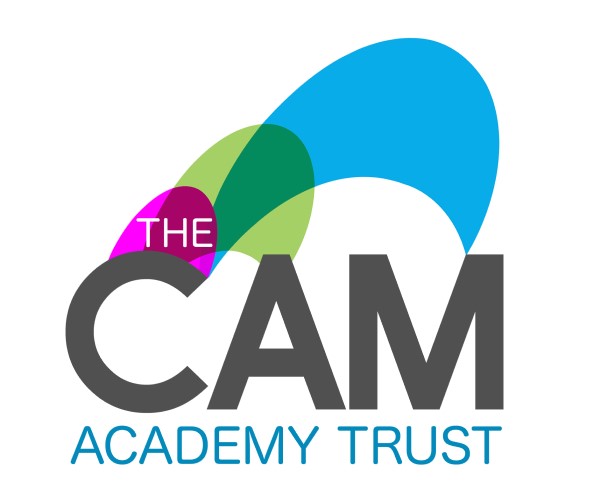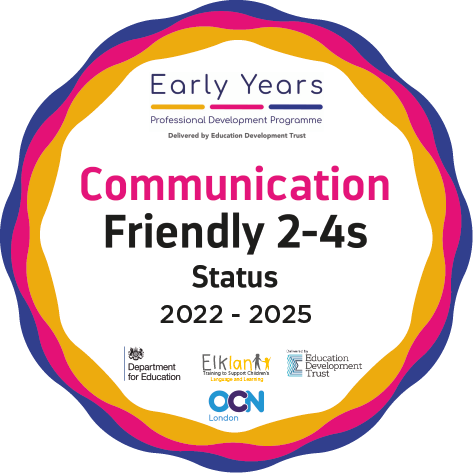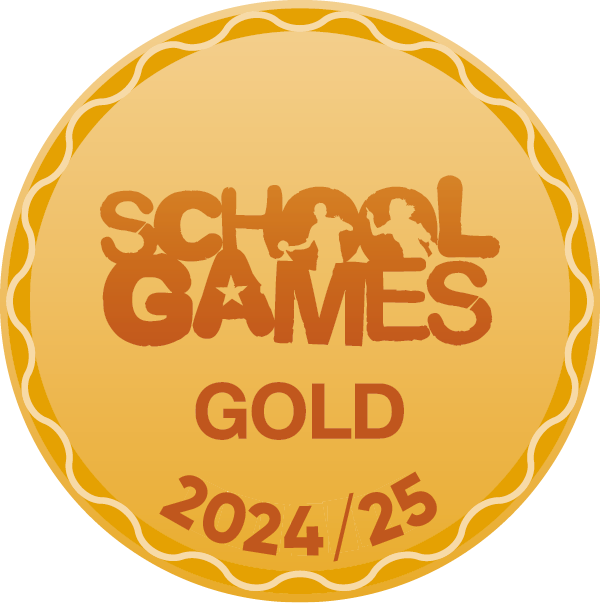
Our Maths lessons follow a structured approach that moves progressively through concrete, pictorial, and abstract stages and with reasoning and problem-solving skills integrated throughout. We help our children make connections, identify patterns and deepen their mathematical understanding with a range of models.
We believe that mathematical thinking should be communicated clearly so we place a strong emphasis on oracy. Phrases like "What do you notice?" are woven into each lesson to encourage children to discuss and explain their reasoning, fostering their ability to talk mathematically and engage actively in the learning process.
Our mastery approach ensures that every child has access to the lesson content in small, manageable steps to build and deepen understanding. Teachers are skilled at identifying gaps in learning and addressing misconceptions through targeted interventions, ensuring that all learners receive the support they need to succeed.
What do lessons look like?
We use a consistent structure and pattern for our Maths lessons which help create an environment where children feel safe and confident to take risks. Our "I do, we do, you do" approach allows us to model new concepts, provide thinking time, and support children in developing their own mathematical reasoning. This enables them to build the skills they need to work independently, and problem solve.
Each lesson begins with an "on the boil" task where teachers use assessment data to review key learning areas, with a special focus on arithmetic. This provides a solid foundation for the lesson ahead. We then introduce and explore new or previously encountered vocabulary, ensuring it is used consistently throughout the lesson to reinforce understanding.
Additional sessions (lasting around 15 minutes each) are scheduled throughout the week to boost mathematical fluency. Our goal is to ensure that children leave us with a quick and accurate recall of essential number facts, including all times tables up to 12.













